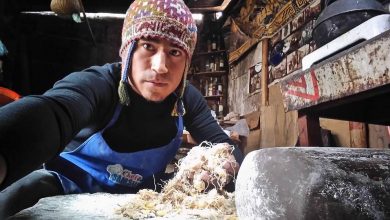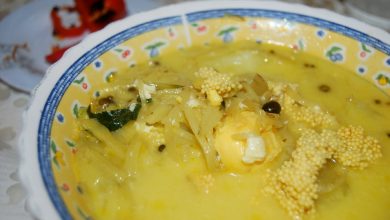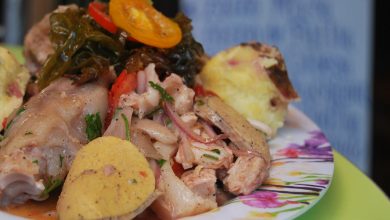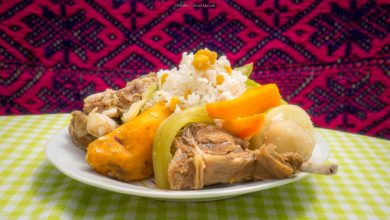Fresh mangoes are delicious
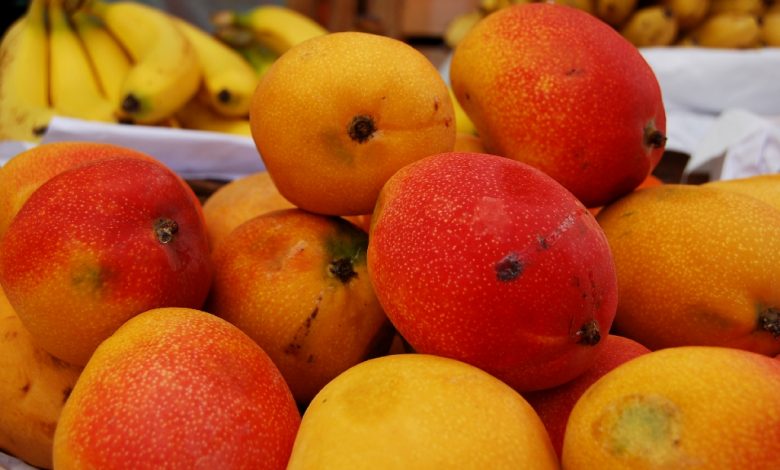
I saw the delicious looking mangoes sitting in their packages of 6 at my local Costco. I wondered at their journey to this place of cold and ice, totally inhospitable to the lovely mango tree. I turned over the fruit to examine the tag, to find where the fruit had originated its journey.
Product of Peru. What a well-traveled piece of fruit that I held in my hand! I went home to read more about this lovely luscious fruit, as I boiled rice to make my favorite mango dish, Sweet Mango Rice.
Most of Peru’s mangos are grown in the coastal region of Piura. “Piura’s name comes from the Quechua word pirhua, whose approximate meaning is “supply base”, due to the fact that the area was used by the Incas as a stop to get provisions during their conquest of the region’s original inhabitants.” (Reference).

The season for mangoes in Peru is November to February, a time when mangoes are not ripening in Mexico, the world’s largest exporter of mangoes.
I understood that the mangoes coming to the United States must be ‘boiled’ before they could be imported. This also made me question, since I had eaten ‘non boiled’ mangoes straight from the trees in Mexico. Why would the mangoes need to be ‘boiled’?

I found my answer in the SENASA, a set of global protocols for shipping fruit, (this one particular to China, but most others similar in their expectations)
“Mangos should be submitted to hot water treatement to disenfect them from fruit flies in order to be imported to China. The mangoes should be submerged in water at a temperature of 46.1ºC (106ºF)for the sugested times according to the weight of the fruit: The time of immersion will be 75 minutes, … (then they rest) … at last 30 minutes before being submitted to a chilling bath in water at 21.1ºC (70ºF), if the chilling process is requied by the exporter.” (Reference)
The answer to my question of why were my mangoes submerged in a hot tub of water (most hot tubs in the US are set around 104F) for 70 min before they being allowed to be exported was obviously ‘moscas’. But what type of fly was common to the Peruvian mango?
The Mediterranean Fruit Fly (medfly) is the culprit. Originating in Sub-Saharan Africa, it has devastated fruit crops throughout the world, and in some places, such as Italy, has precluded the growth of late season stone and citrus crops because the prevalence of the fly decimates the crops before they can even go to market, leaving the fruit a mushy mass while still on the tree. The fly bores into the fruit, laying its eggs and the newly hatched larvae eat the fruit from the inside.
“The Mediterranean fruit fly attacks more than 260 different fruits, flowers, vegetables, and nuts. Thin-skinned, ripe succulent fruits are preferred. Host preferences vary in different regions. Although several species of cucurbits (melons and cucumbers) have been recorded as hosts of the medfly, they are considered to be very poor hosts… Knowledge of the hosts in one country often aids in correctly predicting those which are most likely to be infested in a newly infested country, but what may be a preferred host in one part of the world may be a poor host in another.” (Reference)
I peeled my mangoes, happy that there were not little flies lurking beneath their skins and topped my Sweet mango rice with them. I will share the recipe here, and perhaps you may also enjoy this delicious double treat.
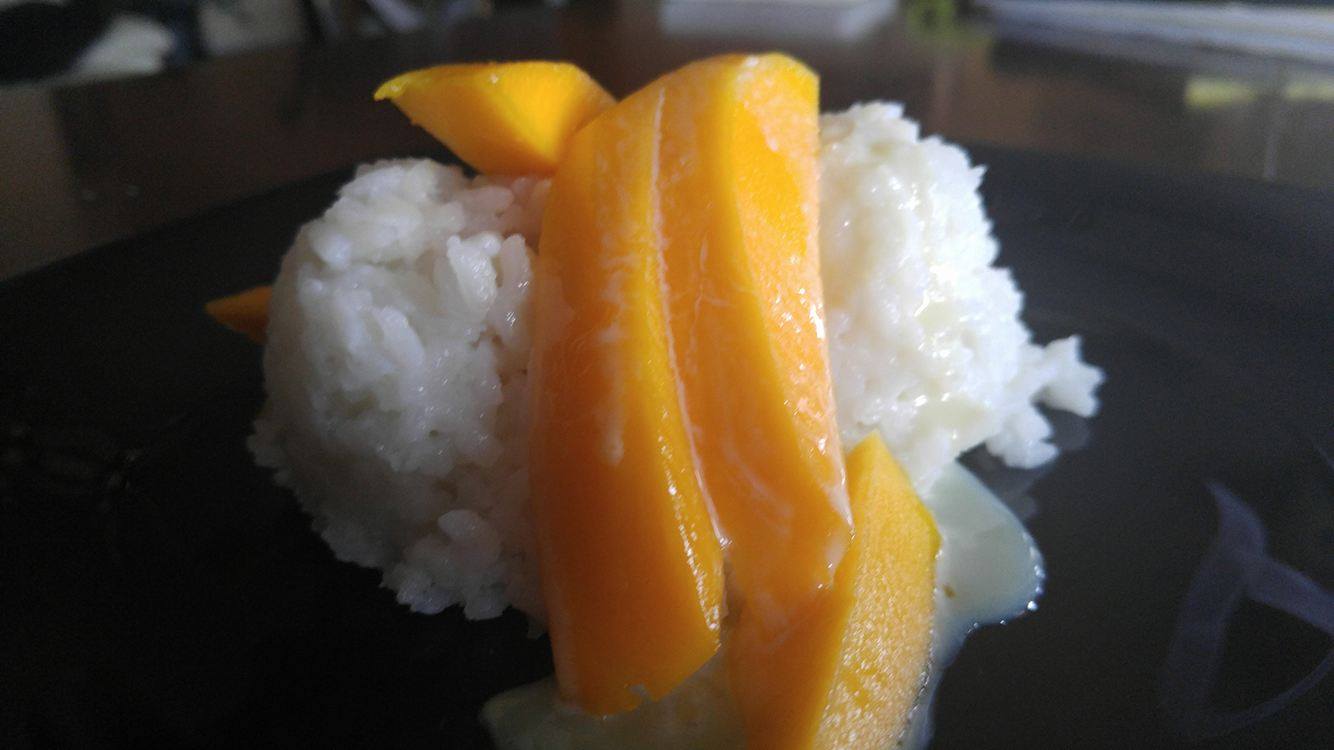 1 ½ C short grain rice
1 ½ C short grain rice
2 C water
(cook rice in water about 15-20 min until done)
1 can coconut milk
½ tsp salt
1 C white sugar
(bring to boil, add the cooked rice and allow to cool about an hour)
½ c coconut milk
2 Tbsp. white sugar
1 Tbsp tapioca flour
Pinch of salt
(mix ingredients and bring to a boil. Allow to cool slightly.)
Mound rice mixture on plate. Top with sliced mango. Pour sauce over the top. Enjoy

